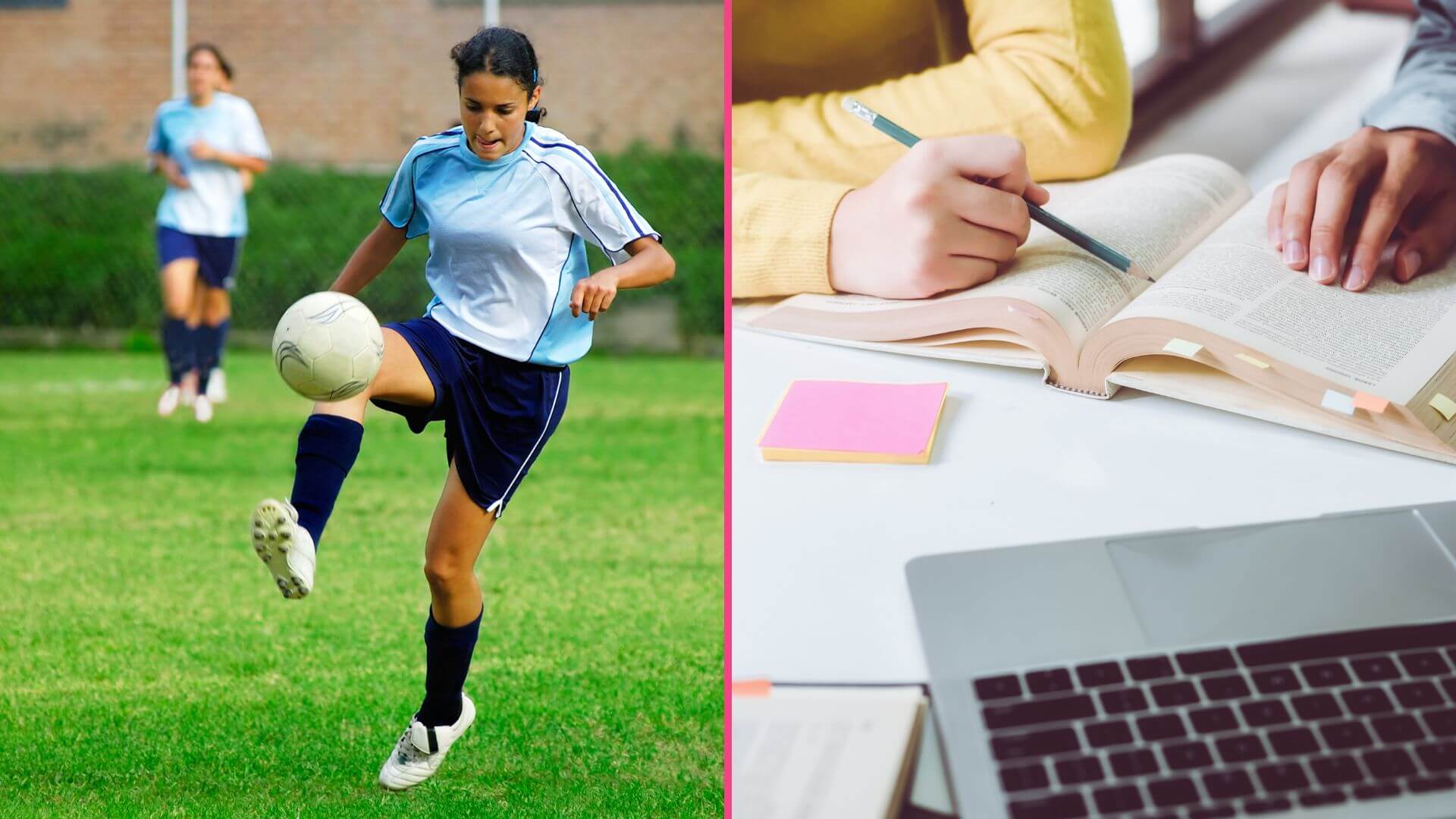What You Need to Know about ACL Tears
You’ve heard about ACL tears, but what are they really? Why are they so common in girl’s and women’s soccer? From the basics to how to prevent them, here’s what you should know about ACL tears.
ACL Tear: The Basics
ACL stands for anterior cruciate ligament. It is a ligament—a short, flexible, but durable band of connective tissues—in the center of the knee that connects the femur and tibia. The ACL is one of the four main ligaments that connects the bones in your leg. It crosses over the posterior cruciate ligament, or PCL, forming an “X” to stabilize the knee.
When the ACL snaps, many players have described hearing a pop just before going down. The sound emits from the shinbone popping in and out of place due to the ligament snapping. The tear keeps players down, and rarely will players be able to walk off the field after the injury. However, occasionally, a story of a player who didn’t even know they tore their ACL does arise.
You should stop all activities immediately when an ACL tear occurs. Icing it in 20 minutes intervals and elevating your leg will help reduce swelling until you receive medical attention. An ACL tear almost always results in being benched for the rest of the season.
While there are ways to heal an ACL tear without surgery, the injury is often treated with surgery. Post-surgery, ACL rehabilitation lasts at minimum six months up to a year and includes extensive physical therapy.
Are Female Soccer Players at a Greater Risk to Tear Their ACL?
It is commonly agreed upon that women’s soccer players are more at risk of suffering ACL tears; however, the why is still wildly debated and hasn’t been proven by science yet. Though, many think that puberty contributes to the risk of an ACL tear.
While men release large amounts of testosterone when puberty sets in, women only produce a small amount that can’t keep up with their developing muscles, creating a muscular imbalance with increased knee pain and ACL injuries. In addition, women become more susceptible to injuries in the hamstrings and quadriceps after puberty.
Along with a low testosterone production level, women’s wider pelvis creates a greater Q angle—the angle where the femur and tibia meet. This causes the femur to face inward while the tibia fights to maintain its forward position. The angle puts a greater force of impact on the ACL while running, twisting, and turning, leading to greater pain and risk of injury to the anterior knee.
What Can You Do To Help Prevent an ACL Tear?
Stretch, stretch, stretch. It’s such a small detail and easy to overlook, but stretching and warming up are the first way to help prevent any injury—especially an ACL tear. Making sure your muscles are limber and stretched will help provide them the flexibility required during gameplay. However, it is easy to fall into the habit of only performing a few exercises before playing.
It is important to maintain various stretches and exercises that touch the various muscles in your body and avoid overstretching the same ones. Some core places to stretch are your calves, hip flexors, hamstrings, and the tendons in your ankle. Additionally, squats, core exercises, and walking lunges will help strength your hips and thighs to help prevent other injuries.
Stretching could definitely be the difference between an ACL tear and a minor injury, but there is no foolproof way to prevent a tear. However, you can reduce the risk by being aware and taking precautions.
Photo via Adobe Stock @vallejo123
_
GIRLS SOCCER NETWORK: YOUR SOURCE FOR GIRLS SOCCER NEWS













